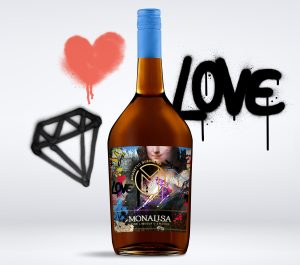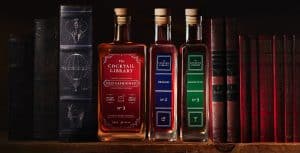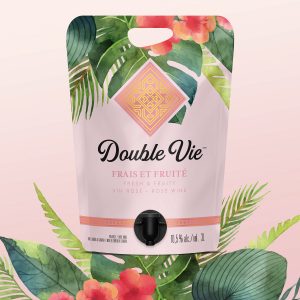A wine label is not just a sticker that tells you what’s inside the bottle. It’s also a way to attract customers, show off your brand, and tell a story. But how do you make a wine label that will stand out and gets people to notice and make that purchase? Here are some tips and examples to get you started.
1: Targeting your customers
Prior to start design process for your wine label, it’s essential to gain a clear understanding of your target audience. Who constitutes your ideal clientele? What are their inclinations, preferences, and core values? What specific wine varieties do they favor, and what motivates their choices? You also need to consider their decision-making criteria for selecting wine and their preferred purchasing outlets. This will allow you to determine your buyer persona and tailor your design to their preferences effectively.
For example, if you want to appeal to youthful and daring wine enthusiasts who relish experimenting with novel experiences, you may consider using vibrant hues, unconventional typography, and captivating visuals that instantly captivate their interest while mirroring their distinctive taste. Additionally, you might contemplate incorporating catchy monikers and expressive catchphrases that mirror their mindset and current disposition.
But, when your target audience comprises mature and more traditional wine connoisseurs who prioritize established customs and exceptional quality, maybe go for timeless color schemes, refined typography, and understated graphics that exude an aura of refinement and reliability. Furthermore, consider utilizing descriptive appellations and labels that accentuate the wine’s heritage and distinctive attributes. This approach can effectively resonate with their preferences.

2: Using the right elements
The visual and graphic elements used in creating your wine label play a crucial role in shaping the look and feel of the brand image. It’s important to think thoroughly about the paper type, printing techniques, finishing touches, and label shape. These considerations exert a profound influence not only on the label’s aesthetics but also on its robustness and practical utility.
For instance, if you are going for a rustic and organic look for your wine label, you could go for eco-friendly materials like recycled or kraft paper, complemented by a matte finish and a textured surface. This combination will impart a cozy and natural aura to your label, aligning well with the character of organic or biodynamic wines. An example might be:
If your objective is to create a polished and contemporary aesthetic for your wine label, you could consider employing glossy or metallic paper, enhanced by a sleek finish and a reflective luster. This will give a sophisticated and futuristic impression feel, harmonizing seamlessly with the character of innovative or pioneering wines.

To create a one-of-a-kind and attention-grabbing look for your wine label, you may consider die-cut designs or embossed elements that introduce dimension and boldness. This will give your label an exclusive and unforgettable ambiance, making it particularly well-suited for premium or limited-edition wines.
3: Respecting the brand essence
Your wine label should not only reflect your audience but also your brand. You need to make sure that your wine label matches your brand identity, values, and story. You need to use elements such as colors, fonts, logos, icons, images, and words that fit your brand personality and voice.
Your wine label should not just reflect your target audience but also embody your brand essence. It’s crucial to ensure that your wine label aligns with your brand’s identity, principles, and narrative. Employ various elements such as colors, fonts, logos, icons, images, and words that fit your brand personality and voice.
For example, if your brand exudes a playful and lighthearted vibe, you could opt for vibrant hues, whimsical typefaces, amusing symbols, caricatured visuals, and clever verbiage on your wine label. You might also consider incorporating funny storytelling.
On the other hand, if your brand projects a serious and polished image, you may prefer darker shades, formal typography, understated symbols, lifelike imagery, and informative language for your wine label. Additionally, you might explore factual or historical narratives that enlighten your customers and foster trust in your product.
